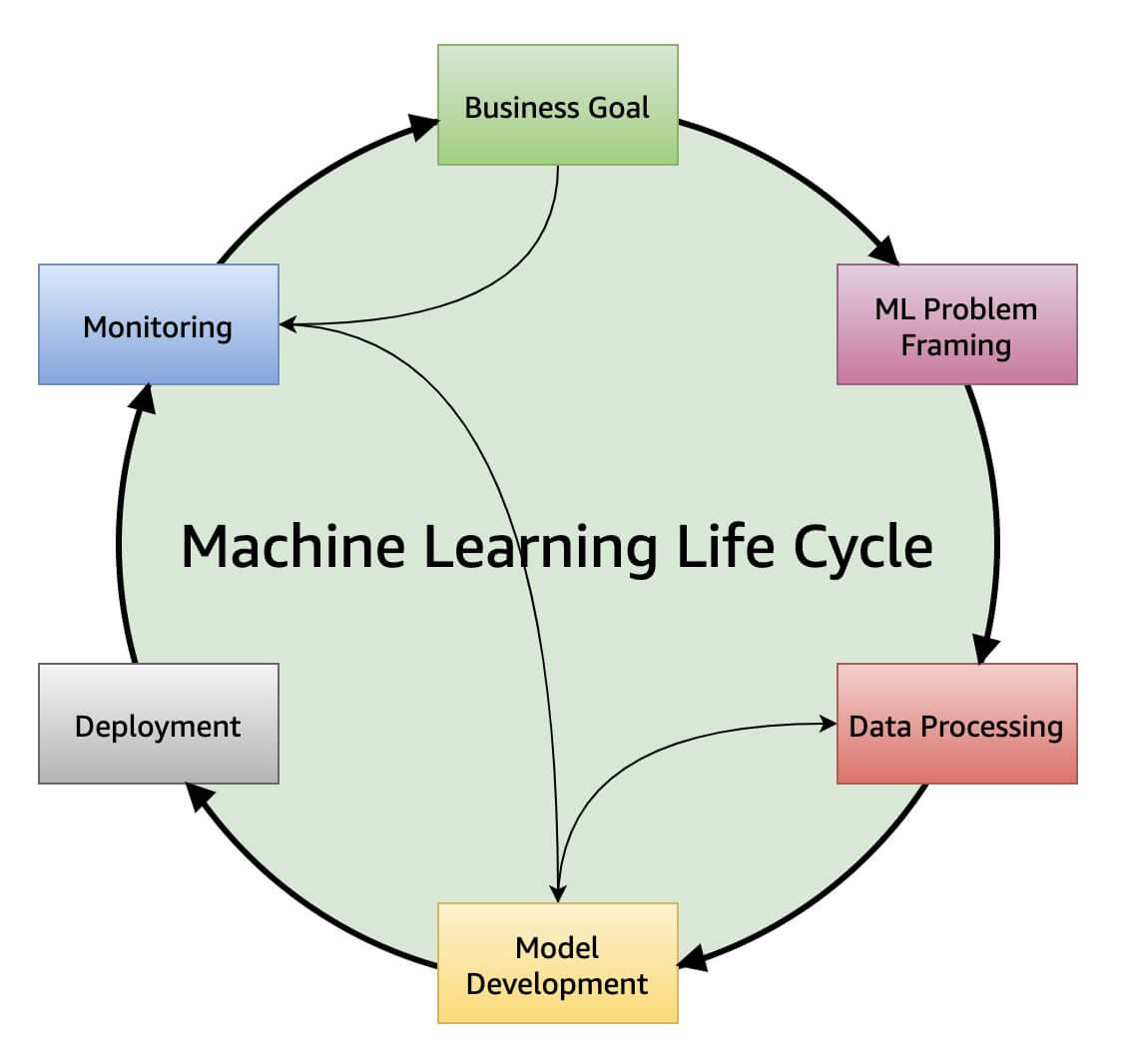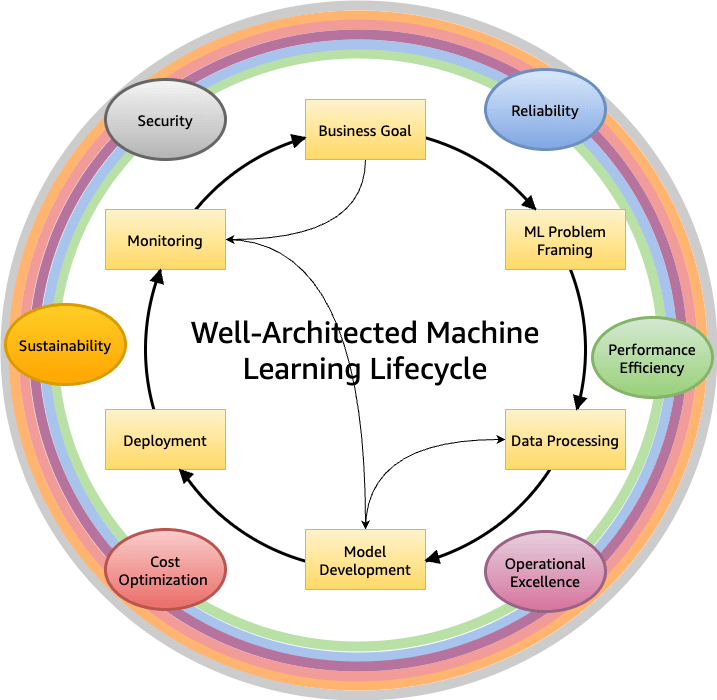
A Guide to Validating Your Machine Learning Idea
2 August, 2023
🚀 In every innovation and production deployment, risk mitigation is the key to success. Machine Learning projects pose unique challenges here. Unlike classical software engineering, which can be demanding but is generally more predictable and manageable in terms of planning and execution, machine learning projects are more complex. However, successful ones can be substantial and drive innovation across a wide range of industries. 🌟
💡 To make the most out of machine learning, you can follow these seven essential steps when starting a machine learning project.
1. Start from the Problem
The first step is to clearly define the problem you aim to solve with machine learning. Understand the specific goals and objectives of your use case. Having a well-defined problem statement is essential as it guides the entire process and sets the foundation for success. 🎯
2. Research Existing Solutions
Before diving into your project, conduct thorough research to see if similar problems have already been addressed using machine learning or other technologies. Understanding the existing solutions and identifying gaps can provide valuable insights into potential approaches and innovative solutions. 🔍
3. Identify Data Availability
Machine learning models heavily rely on data for training and validation. Therefore, it is essential to check if the required data is available and accessible. High-quality and relevant data are crucial factors in determining the feasibility and success of your machine learning initiative. 📊
4. Create a Proof of Concept (PoC)
To assess the feasibility of your machine learning solution, develop a small-scale version known as a Proof of Concept (PoC). This allows you to test your model, evaluate its performance, and identify potential challenges early in the development process. 🧪

5. Evaluate Technical Feasibility
Ensure that the necessary technology and infrastructure required to support your machine learning solution are available or can be easily implemented. Addressing technical feasibility from the outset will help avoid bottlenecks and delays during project execution. 🛠️
6. Validate with Domain Experts
Seek the guidance of domain experts who possess in-depth knowledge of the problem you are addressing. Their expertise can offer valuable insights, validating the feasibility and potential impact of your machine learning idea. 👩💼👨💼
7. Analyze Business Impact
Consider the potential business impact of your machine learning use case. Assess factors like cost savings, increased efficiency, customer satisfaction, or revenue growth. A clear understanding of the business benefits can help prioritize and justify your machine learning project. 💼💰
There is always an opportunity
Whether you are a visionary entrepreneur planning to launch an AI-based startup or an established company looking to leverage machine learning technology, current limitations should not discourage you. Instead, focus on finding ways to make your ideas work. It's important to note that machine learning projects often fail not due to technical mistakes in data processing, algorithms, or model selection, but rather due to a lack of proper resources, expertise, or a well-defined strategy from the start. 🌈

Conclusion
In conclusion, validating your machine learning use case idea is a crucial step to determine its potential and whether it is worth pursuing. By following the core steps outlined above, you can navigate the challenges and unlock the true potential of innovation through machine learning. Embrace the uncertainty with confidence, and remember that learning from both successes and failures will drive your future AI endeavors towards success. 🚀✨